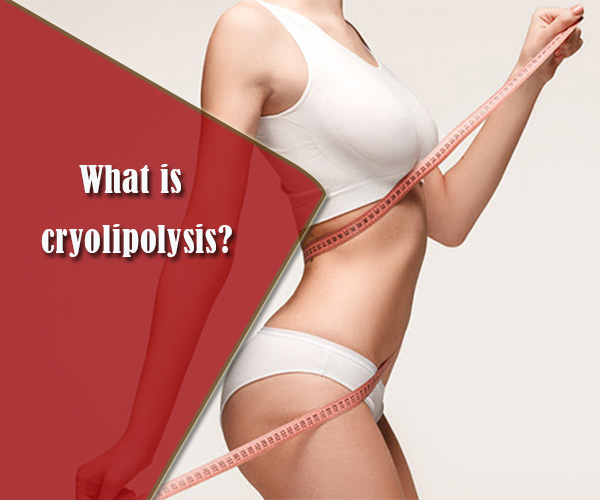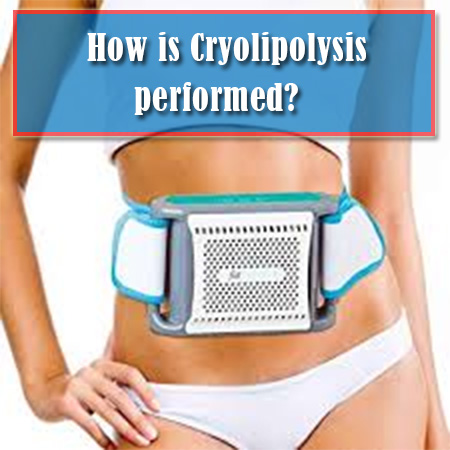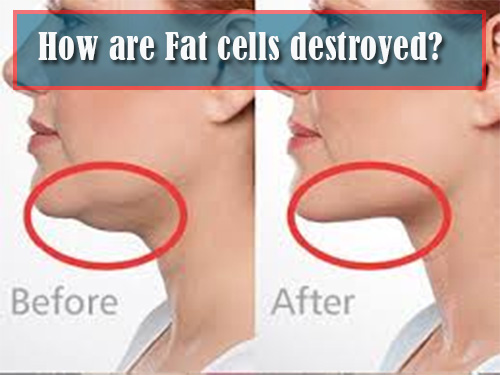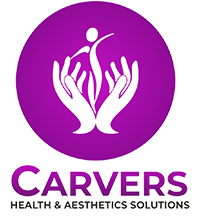What are the benefits of Cryolipolysis

What are the benefits of Cryolipolysis
On this article, you will learn about what are the benefits of cryolipolysis.No surgical incision is needed.It is a low risk procedure. There’s no risk of infection.The operation can be performed on associate degree patient basis.Patients don’t need to be sedated or anaesthetised before undergoing the procedure.More than one area of the body may be treated during a single session.
What is Cryolipolysis?

Cryolipolysis, commonly referred to as fat freezing, is a nonsurgical fat reduction procedure that uses cold temperature to reduce fat deposits in certain areas of the body. The procedure is designed to reduce localized fat deposits or bulges that do not respond to diet and exercise. It is not intended for people who are obese or significantly overweight. The technique has been patented under the name CoolSculpting™.Regardign this Laser hair removal in dwarka are doing their work so well
What areas of the body are best suited for Cryolipolysis

The Food and Drug Administration has approved Cryolipolysis to treat fat deposits beneath the chin, upper arms, inner and outer thighs, abdomen, hip/flank (“love handles”), upper back (“brassiere rolls”), lower back, and underneath the buttocks.
How is Cryolipolysis performed

The procedure can be done in a doctor’s workplace or outpatient clinic. The size and shape of the fatty deposit is assessed and also the area to be treated is outlined with a skin-marking pencil. Patients are awake throughout the procedure.
A hand-held device known as an applicator is used to freeze the layer of fat cells (adipocytes) underneath the skin. First, a gel pad is applied to the area to protect the skin. Next, the fatty bulge is suctioned or vacuumed into the applicator’s hallow gap. You’ll feel a tugging or pulling sensation as suction is applied. These sensations, intense cold and other possible sensations – tingling, stinging, aching, cramping – reduce after five to ten minutes because the area becomes numb throughout the cooling down process. The fat layer is gradually cooled to the target temperature of between 30.2 and 39.2 degrees Fahrenheit.
It takes up to one hour to treat an area. Once the area is treated, the applicator is removed. The area may be massaged for two to three minutes to assist with the breakdown of the fat cells.
How are Fat cells Destroyed

The technique is based on the finding that fat cells are more susceptible to damage from cold temperatures than other cells, such as skin cells. The cold temperature injures the fat cells. The injury triggers an inflammatory response by the body, which results in the death of the fat cells. Macrophages, a type of white blood cells and part of the body’s immune system, is “called to the injury location,” to rid the dead fat cells and debris from the body.
How much localized fat can one expect to lose from Cryolipolysis and when will I start to notice results?
Studies have shown an average fat reduction of between 15 and 28 percent at around 4 months after initial treatment. However, you may begin to notice changes as early as 3 weeks after treatment. Dramatic improvement is noticed after about 2 months.
What are the benefits of Cryolipolysis

There are many Advantages to Cryolipolysis:
Most individuals can resume their normal daily activities right away after treatment.The procedure can be performed on individuals of all ages.There isn’t any damage to nerve fibers, blood vessels, muscles, or lasting damaging to skin in the treatment space.Fat cells that have been damaged or destroyed are permanently removed from the body.Patients may experience a rise in self-esteem due to an improvement in their appearance.
What are the disadvantages of Cryolipolysis?
Disadvantages of Cryolipolysis include:
-The procedure is recommended only for people who are in good general health with no neurologic or orthopedic problems and who are looking for “spot” fat reduction in specific areas on the body. Cryolipolysis is not recommended for people who are significantly overweight or obese.
-There is a risk that the skin surface may be irregular/not smooth after healing.
-More than one session may be needed to achieve a person’s desired results.
-If more than one treatment sessions is needed, the next session can’t be performed until 6 to 8 weeks after the first session. This is because it can take this long for damaged fat cells to be eliminated from the body.
-Results are not evident immediately. Since fat cells are removed gradually from the body, it can take 3 to 6 months to achieve optimal results.

-One rare side effect that may occur is paradoxical adipose hyperplasia. In this rare condition, the size of fat cells increases after Cryolipolysis. Men and people of Hispanic ethnicity are more likely to experience it.
-Weight gain is possible after undergoing Cryolipolysis. Fat may be deposited in other areas of the body.
Are there any people for whom Cryolipolysis is not recommended?
Cryolipolysis should not be performed on patients who are obese or significantly overweight. Also, it should not be performed on areas of skin that are cut or injured, contain severe varicose veins, dermatitis, or other skin lesions.People who have abnormal cold sensitivity or cold intolerance are not suitable candidates. The procedure is not recommended for people who have the following conditions:
Raynaud’s phenomenon. A rare condition in which cold temperatures can impede blood flow to the fingers and toes.
Cryoglobulinemia. A type of vasculitis (inflammation of blood vessels) caused by abnormal proteins that become solid or gel-like in the presence of cold temperatures. It is associated with blocked blood vessels and other problems.
Paroxysmal cold hemoglobinuria. An awfully rare autoimmune disease during which red blood cells are damaged throughout exposure to cold.
Cold urticaria. A rare condition during which the skin develops red, itchy spots (hives) after exposure to cold temperatures.
Cold agglutinin illness. A rare kind of autoimmune hemolytic anemia during which the body’s immune system erroneously attacks and destroys its own red blood cells. The condition is commonly triggered or made worse by cold temperatures.
Other conditions that pose a risk include
Pregnancy or breast-feeding
Nerve disorders, such as diabetic neuropathy
Inflammatory skin disorders
Skin conditions caused by immune system disorders, such as eczema or psoriasis
What side effects are to be expected immediately after Cryolipolysis?
Temporary side effects for the areas that are treated may include:
Pain or aches
Stinging or tingling of the skin
Redness
Swelling
Skin discoloration or bruising
Skin sensitivity or numbness
Side effects may persist for a few days to a few weeks after treatment. Your doctor may recommend that you take an analgesic medication to relieve pain or other discomfort.
How many Cryolipolysis treatment sessions are typically needed
You may have only one problematic area that may require only one treatment session. You may have more than one problem area that may require treatment or may need more than one treatment in a specific area to achieve your desired goal. You will work with your doctor to design a plan – and the number of treatment sessions – that will best meet your desired goals.
